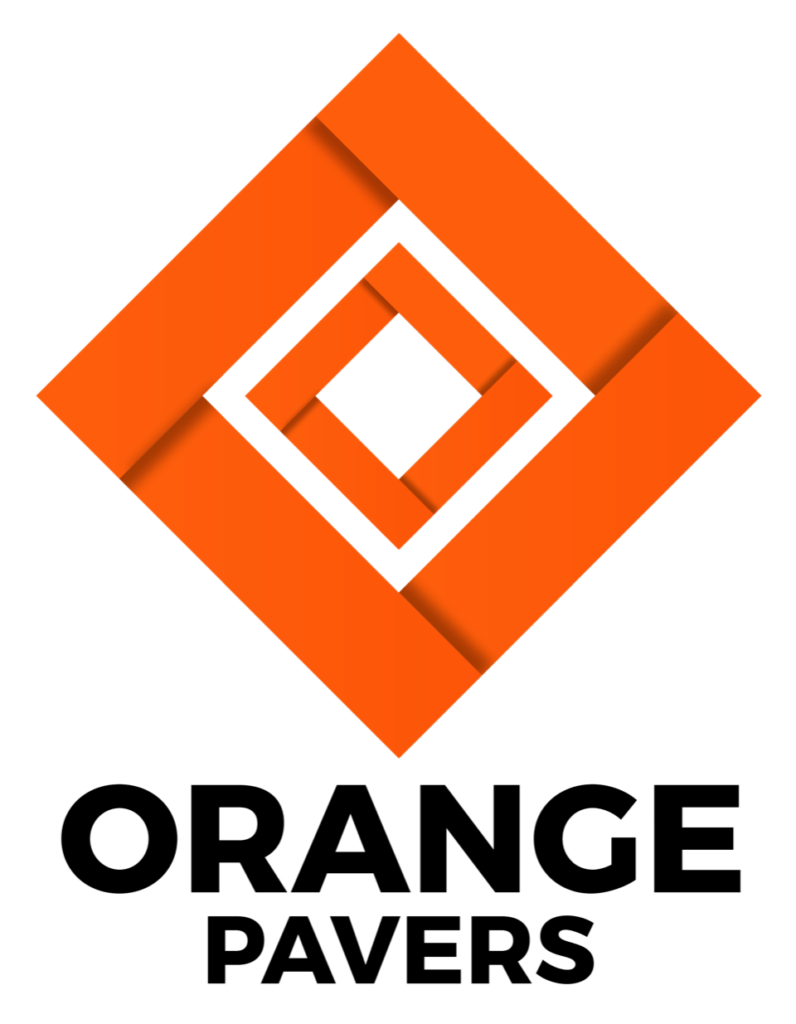Retaining Wall With Blocks
Types of Blocks Used in Retaining Walls
At Orange Pavers, we pride ourselves on offering a diverse selection of blocks that can be tailored to fit the specific requirements of your retaining wall project. Our range includes everything from the sturdy Versa-Lok gravity-reinforced wall system to our versatile Titan Wall concrete blocks. These options are designed to provide stability and longevity, making them ideal for various landscaping projects. Additionally, our colored and regular CMU blocks come in a vast array of hues and finishes, ensuring that the aesthetic of your retaining wall aligns perfectly with your outdoor space.
Benefits of Using Blocks for Building a Retaining Wall
Choosing blocks for your retaining wall offers several advantages. Blocks are durable and can withstand diverse weather conditions, making them a reliable choice for long-term projects. Our products are crafted with our proprietary Ironclad™ technology, which guarantees enhanced durability and color longevity. Additionally, blocks are versatile, allowing for creative designs such as curves and tiers, and they require less maintenance compared to other materials.
Design Considerations for a Retaining Wall with Blocks
Designing a retaining wall with blocks involves careful consideration of both functional and aesthetic aspects. The wall’s height, the type of soil, and the desired look all factor into the planning process. It’s crucial to ensure proper weight distribution and stability by selecting the appropriate block size and type. Our design experts at Orange Pavers can guide you through these considerations, ensuring your wall not only performs well but also enhances your outdoor space’s beauty.
Construction Process for Building a Retaining Wall with Blocks
Step 1: Planning and Design
Begin with a thorough site analysis to understand soil conditions, drainage requirements, and wall height. This will inform your block selection and wall design.
Step 2: Excavation and Foundation
Excavate the area where the retaining wall will be built. A solid foundation is key, so ensure it’s level and properly compacted.
Step 3: Laying the Blocks
Start laying blocks from the base, ensuring each layer is level. For stability, stagger the blocks, and use a suitable adhesive where necessary.
Step 4: Backfilling and Compaction
As you build up the wall, backfill the space behind it with gravel and soil to improve drainage and stability. Compact the backfill after each layer.
Maintenance Tips for a Block Retaining Wall
A block retaining wall requires minimal upkeep due to its durability. However, it’s important to conduct annual inspections for cracks or settlement. Cleaning the blocks with water and mild detergent can help maintain their appearance, while prompt repairs of any minor damages will extend the wall’s lifespan.
Cost Factors for a Block Retaining Wall
The cost of building a block retaining wall can vary based on several factors. These include the type and size of blocks, the wall’s height and length, and any additional features such as curves or steps. Labor costs will also vary depending on the complexity of the build. At Orange Pavers, we provide competitive pricing and expert consultations to help you budget your project effectively.
Comparing Block Retaining Walls to Other Materials
Compared to materials like wood or poured concrete, block retaining walls offer superior durability and design flexibility. Wood may rot over time, while poured concrete can crack due to soil movement. Blocks, especially those with Ironclad™ technology, resist weathering and maintain their structure, making them a cost-effective and long-lasting choice.
Local Regulations and Permits for Building a Block Retaining Wall
Before beginning construction, it’s essential to check local building codes and obtain any necessary permits. Regulations can vary depending on the wall’s height and location. Our team at Orange Pavers is well-versed in these requirements and can assist you in navigating the necessary approvals for your project.
Tips for Proper Drainage in a Block Retaining Wall
Proper drainage is critical to the performance of a retaining wall. Incorporating a drainage system such as gravel backfill and drainage pipes will help manage water flow and reduce pressure behind the wall, preventing structural damage. Our experts can advise on the best drainage solutions to ensure the longevity of your block retaining wall.
Common Issues and How to Address Them in a Block Retaining Wall
Common issues with block retaining walls include cracking, bulging, and water damage. These are often the result of poor drainage or soil movement. Regular inspections and maintenance can prevent such issues. If they do arise, timely repairs and potentially redesigning drainage systems can address and resolve these problems effectively.


